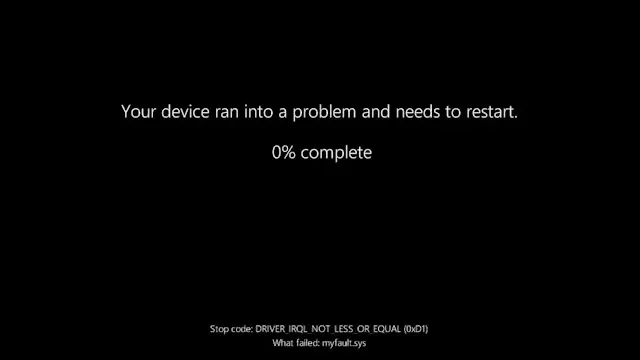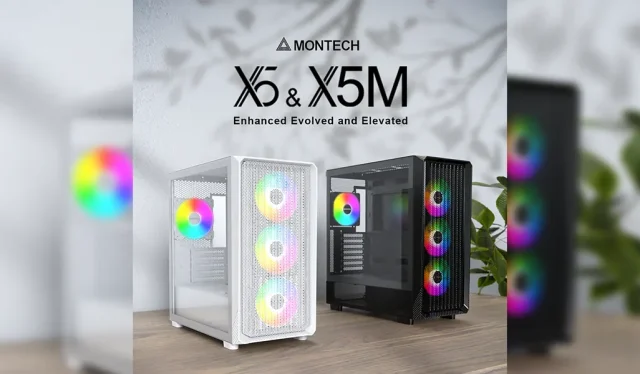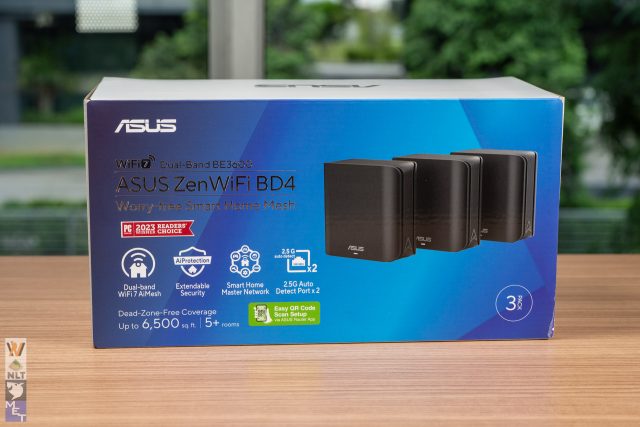Knowing the different types of video formats can really save you a lot of time and energy when you want to copy videos or use them for your own projects.
Take M4V and MKV as examples, these are two common formats that many people encounter. Do you know the exact difference between them? Are you wondering how to choose between M4V and MKV when it comes to compression and storage? Let’s take a look at comparing these two formats to optimize video encoding. Looking ahead, it’s worth mentioning that there are some good MKV apps for watching videos in this format.
What is MKV?
Matroska Multimedia Container, better known as MKV, is an open free container format extended from MCF (Multimedia Container Format) and EBML (Extensible Binary Meta Language).
As the name implies, MKV can contain various codecs and additional information. Video streams, audio, images, or subtitle tracks can be included in an MKV file. It became a popular video format after Windows announced plans to support the format in 2014.
Pros
- The format supports lossless quality.
- It can achieve a high compression rate.
- It has a high degree of flexibility.
Cons
- It may not be available on some devices.
- It is often considered more difficult to use than common formats such as AVI or MP4.
What is M4V?
M4V is a container format that is primarily used in iTunes videos and is attached to Apple’s copy protection. If you were familiar with the MP4 format, you will have no trouble understanding the workings of M4V, as the two formats are very similar to each other. However, the M4V format can store multiple video and audio streams as well as many other types of media in a single file. Besides, Handbrake uses it as the default video conversion format.
Pros
- It can work with AC3 tracks, SRT subtitles, and chapter markers.
- It is also high quality and flexible to use.
Cons
- M4V file with DRM encryption is not well accepted by many programs and devices.
M4V and MKV, which is better for your video?
You may be confused about how to choose a video format for your output video. Choosing M4V or MKV depends largely on how you use the video since they are both file containers, but not encoding methods. A container allows you to select and combine different codecs, mainly video codecs, audio codecs, and subtitles, in one file.
Before you decide which container to use and compress your video content to view or create videos, perhaps you should consider three aspects: Video quality, Filesize, and compatibility.
For converting and watching videos
If your video content is primarily for viewing, then video quality should be your focus, as you may want lossless videos with sharp colors and noticeable details. But the quality of the video file is really determined by the quality of your source. If your video stream or audio stream is of low quality, then viewing will not be desirable, whether you choose MKV or M4V.
However, when it comes to flexibility, MKV offers more support for audio and video formats than M4V. In addition, MKV is open source. Using the MKV container can make your video virtually lossless. And, therefore, image details can be preserved and easily perceived. The downside is also obvious. The more detail, the larger the file size.
In terms of compatibility, it seems that both MKV and M4V are limiting. One thing is for sure, M4V works great on Apple devices. So, if you want to play video on Apple products, just use M4V. And if you tend to use video players like VLC or PotPlayer to play your files, then MKV is your choice.
For video editing
For those who primarily use video content for editing, the decision should be easy to make. Unprotected M4V files are more user-friendly than MKV files. Popular video editing software, such as Adobe Premiere, supports importing M4V videos but does not work with MKV. This is probably due to the fact that the MKV is still in the early stages of evolution. As a result, M4V shows a good advantage if you have a need for video editing.
Moreover, compared to MKV, M4V file sizes are quite small. Therefore, if the platform supports the format, M4V should be the preferred choice to upload to a video-sharing platform after editing.
Conclusion
In the end, choosing an M4V or MKV largely depends on your personal preferences and the purpose of using it. If you need an Apple-compatible video you plan to use the h.264 codec, then you can’t go wrong with M4V. And if in the end you prefer high quality and don’t care about the file size, choose MKV.










